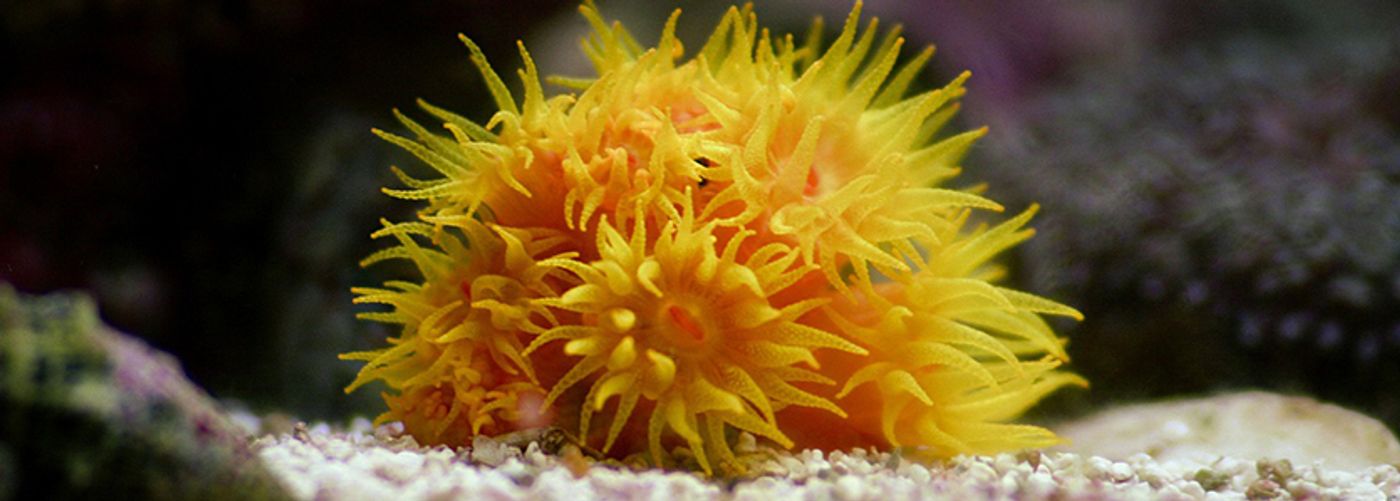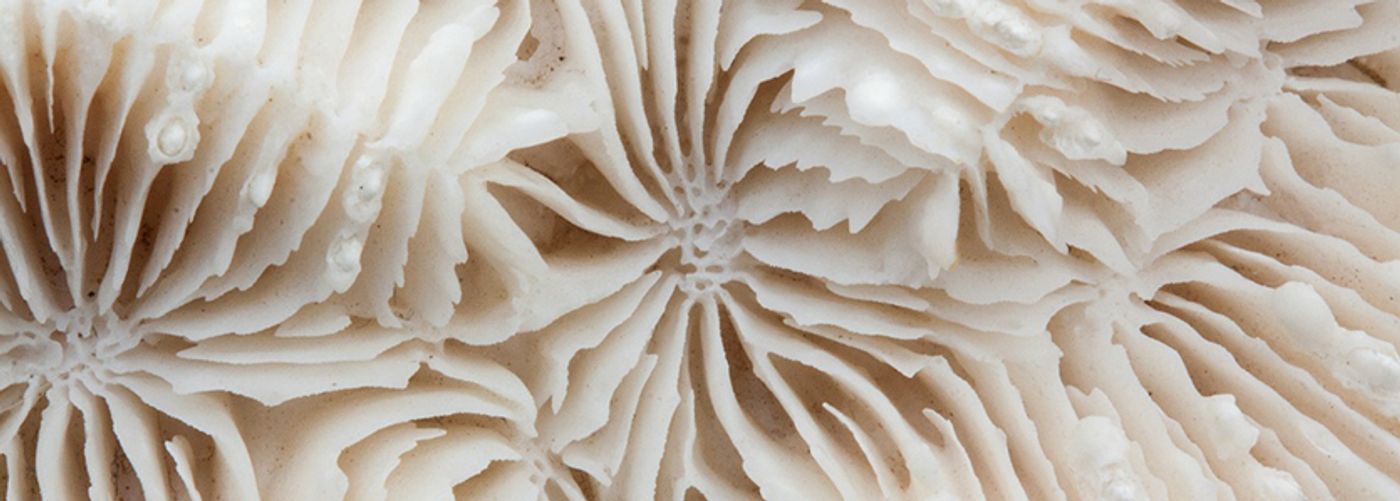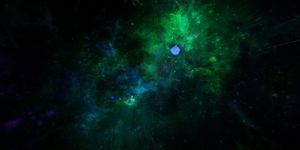3D Printed Coral Successfully Grows Algae
Corals reefs are revered for their vibrant colors, as well as their ability to create thriving ocean communities. A key element of coral reef success is the microscopic algae living within corals’ tissues, called “zooxanthellae.” The symbiotic relationship between the coral and algae is one of the most important sources of primary production on Earth. Researchers are hoping to capitalize on this relationship to develop efficient methods to grow algae to be used as biofuel.
To reproduce a productive habitat for algae, researchers from the University of Cambridge and the University of California San Diego (UCSD) created 3D printed coral-inspired structures. The results of this research were published yesterday in Nature Communications. In an article from UCSD, Daniel Wangpraseurt, lead author and marine scientist at Cambridge, said, “Corals are one of the most efficient organisms at using, capturing, and converting light to generate energy…Our goal here was to use corals as inspiration to develop more productive techniques for growing microalgae as a form of sustainable energy.”
According to the UCSD article, Wangpraseurt utilized the laboratory of UCSD nanoengineering professor Shaochen Chen. Chen’s lab specializes in 3D bioprinting technology that can mimic living tissues. UCSD reports that Chen’s lab can print structures with “micrometer-scale resolution” within minutes. This swiftness of Chen’s technology was critical to the project since living cells would not survive the time it would take to use other processes. Chen said, “Our process is high throughput and offers really fast printing speeds, so it’s compatible with human cells, animal cells, and even algae cells in this case.”
While natural corals excel at scattering and collecting light, the 3D printed corals developed by the research team were created to be even more efficient at these processes. UCSD reports that the bionic corals use cup-shaped, artificial skeletons made of a biocompatible polymer gel embedded with cellulose nanocrystals. The tissues within the coral cups used a gelatin-based polymer hydrogel combined with cellulose nanocrystals and, of course, living algae cells. The coral surface also featured tiny tentacle-like structures, which, according to UCSD, increase the available surface area for light absorption. The nanocrystals within the tissues also increased light absorption while focusing the light more directly on the algae cells, increasing the photosynthetic efficiency.
The project was successful, and according to the study, “the programmable synthetic microenvironment thus allows for replicating both structural and functional traits of the coral-agal symbiosis.” The team concludes that this method could be used to understand the impacts of the loss of this symbiotic relationship resulting from coral reef loss. Additionally, as reported by Cambridge, they hope that this technology will support the future of bioproducts that may reduce greenhouse gas emissions. Wangpraseurt concluded, “We hope that our technique will be scalable so it can ultimately reduce greenhouse gas emissions that are responsible for coral death.”
Sources: UCSD, University of Cambridge, Nature Communications










